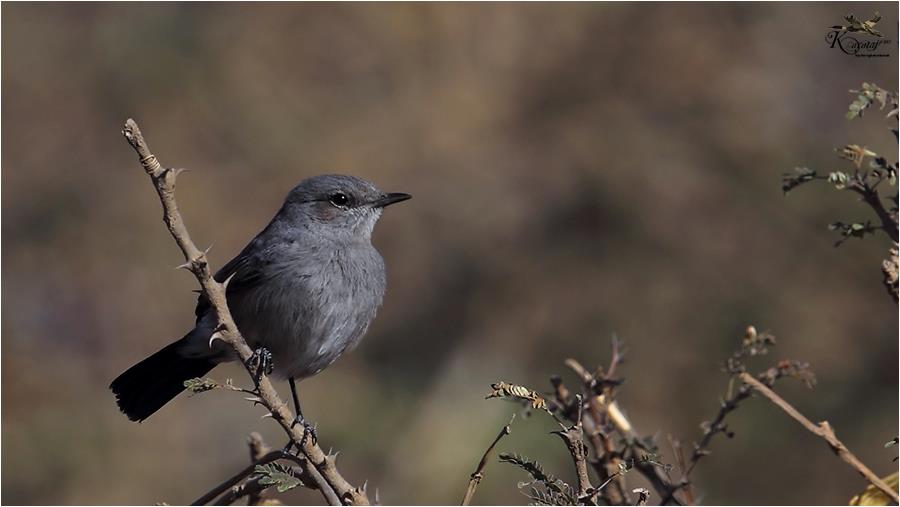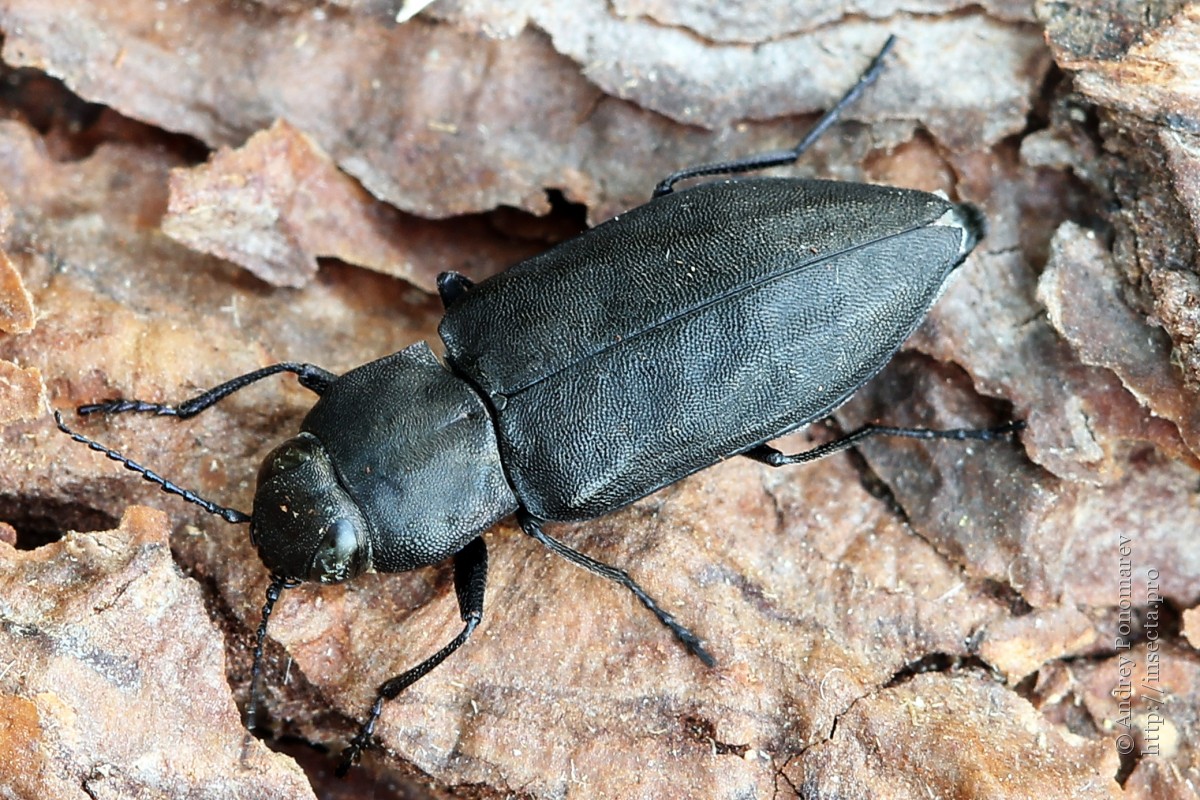The Cercomela Melanura Airensis: A Jewel Of The Air Mountains
Share
The Cercomela melanura airensis, commonly known as the Black-tailed Scrub-Robin, is a fascinating bird species belonging to the family Muscicapidae. This subspecies, first described by Hartert in 1921, is native to the Air Mountains of the southern Sahara, extending its range from the upper Niger eastward to Ennedi in Chad and Darfur in Sudan. This article delves into the taxonomy, physical characteristics, habitat, diet, behavior, reproduction, and conservation status of this remarkable bird.

Taxonomy
The Cercomela melanura airensis is classified under the following taxonomic hierarchy:
- Order: Passeriformes
- Family: Muscicapidae
- Suborder: Oscines
- Subfamily: Turdinae
- Species: Cercomela melanura
- Subspecies: airensis
This classification places the Black-tailed Scrub-Robin within a diverse group of songbirds known for their vocal abilities and varied habitats.
Physical Characteristics
The Black-tailed Scrub-Robin is a medium-sized bird, typically measuring around 18-20 cm in length. It exhibits a distinctive appearance characterized by its dark tail, which contrasts sharply with its lighter body. The plumage is generally brownish with subtle streaks, providing excellent camouflage against the rocky and arid landscapes it inhabits.

Habitat
This subspecies thrives in the rugged terrain of the Air Mountains, where it prefers rocky outcrops, scrublands, and open grasslands. The region's unique climate, characterized by hot, dry conditions, influences the bird's behavior and lifestyle. The Black-tailed Scrub-Robin is well-adapted to this environment, often seen foraging among the rocks and shrubs.

Diet
The diet of the Cercomela melanura airensis primarily consists of insects and other small invertebrates. It forages on the ground, using its keen eyesight to spot prey among the vegetation. Occasionally, it may also consume seeds and berries, particularly during the breeding season when energy demands increase.

Behavior
The Black-tailed Scrub-Robin is known for its melodious song, which it uses to establish territory and attract mates. Males are particularly vocal during the breeding season, often singing from prominent perches. This species is generally solitary or found in pairs, and it exhibits a curious nature, often approaching observers cautiously.

Reproduction
Breeding typically occurs during the rainy season when food is abundant. The female constructs a cup-shaped nest using grass, leaves, and other plant materials, usually hidden in dense vegetation. She lays a clutch of 2-4 eggs, which she incubates for about two weeks. Both parents are involved in feeding the chicks once they hatch, ensuring their survival in the challenging environment.
Conservation Status
Currently, the conservation status of the Cercomela melanura airensis is not well-documented, but habitat loss due to human activities poses a potential threat. As the Air Mountains face increasing pressures from agriculture and development, monitoring the population and habitat of this subspecies is essential for its long-term survival.
Observing the Black-tailed Scrub-Robin
For birdwatchers interested in observing the Cercomela melanura airensis, the Air Mountains provide an excellent opportunity. The best time to spot this bird is during the early morning or late afternoon when it is most active. Look for it in rocky areas and scrublands, where its distinctive tail and song can help identify its presence.
The Black-tailed Scrub-Robin is not just a beautiful bird; it plays a vital role in its ecosystem by controlling insect populations and contributing to the biodiversity of the region. Its presence is a reminder of the delicate balance of life in the Sahara's unique habitats.
In summary, the Cercomela melanura airensis is a remarkable bird that embodies the beauty and resilience of life in the harsh environments of the southern Sahara. Its unique adaptations and behaviors make it a fascinating subject for ornithologists and birdwatchers alike, highlighting the importance of conservation efforts to protect such species in their natural habitats.